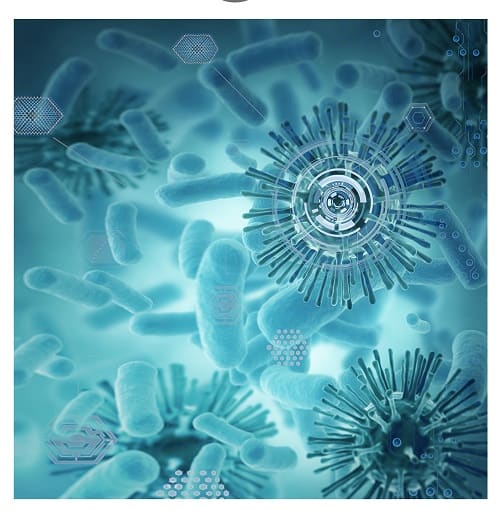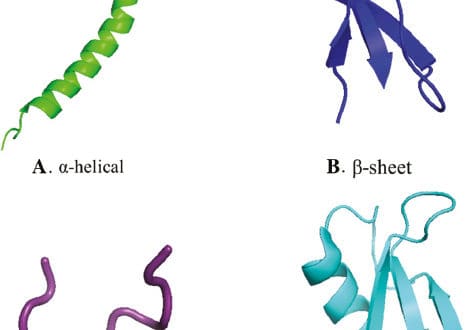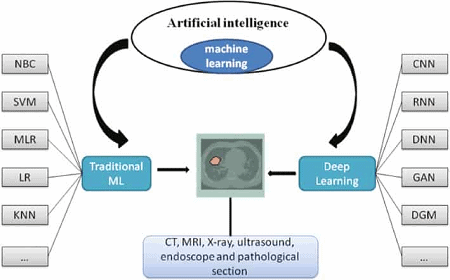
BIO Integration, Volume 1, Issue Number 4, Publishes
The issue contains an original article, three review articles, a mini review article and a commentary offering insights into different areas of life science in both China and internationally:
“Experimental Study on the Viscoelastic Flow Mixing in Microfluidics” by authors Meng Zhang, Wu Zhang, Zihuang Wang and Weiqian Chen. This original article discusses how the integration of microfluidic technology with blood flow research could provide a new approach to understanding related disease mechanisms and analysis of drug mixing and delivery in blood flow.
”A Review for Antimicrobial Peptides with Anticancer Properties: Re-purposing of Potential Anticancer Agents” by Cuiyu Zhong, Lei Zhang, Lin Yu, Jiandong Huang, Songyin Huang and Yandan Yao. This review article assesses several examples of antimicrobial peptides (ACPs) used in tumor therapy for their ability in penetrating or lysing tumor cell membrane, and discusses recent advances and challenges in the application of ACPs.
“Metabolic Syndrome “Interacts” With COVID-19” by Zeling Guo, Shanping Jiang, Zilun Li and Sifan Chen. In this review article, the authors focus on the close interaction between COVID-19 and metabolic syndrome, as well as the potential of repurposing metabolic-related drugs and the importance of treating metabolic diseases in COVID-19 patients.
“Coronavirus Pneumonia and Pulmonary Thromboembolism” by Mingkang Yao, Phei Er Saw and Shanping Jiang. In this review article, the authors summarize the harm that coronavirus pneumonia wreaks and highlight the clinical relationship between PTE and coronavirus infection. The potential mechanism and the prophylaxis and therapeutic measures are also discussed to call for more effort and research to investigate the strategies for PTE in COVID-19.
“Microbes in Oncology: Controllable Strategies for Bacteria Therapy” by Meng Du, Jinsui Yu, Yaozhang Yang, Fei Yan and Zhiyi Chen. In this mini review article, the authors introduce the unique advantages of bacteria in cancer treatment and highlight the issues associated with the application of bacterial therapy, focusing on the incorporation of various methodologies in the advancement of some controllable strategies in bacterial therapy.
“Understanding of the Entry Mechanism of Nanoparticles into Tumors Determines the Future Direction of Nanomedicine Development” by Phei Er Saw and Sangyong Jon. In this commentary, the authors discuss insights on the entry mechanism of nanoparticles into tumors.
https://www.ingentaconnect.com/content/cscript/bioi/2021/00000001/00000004




